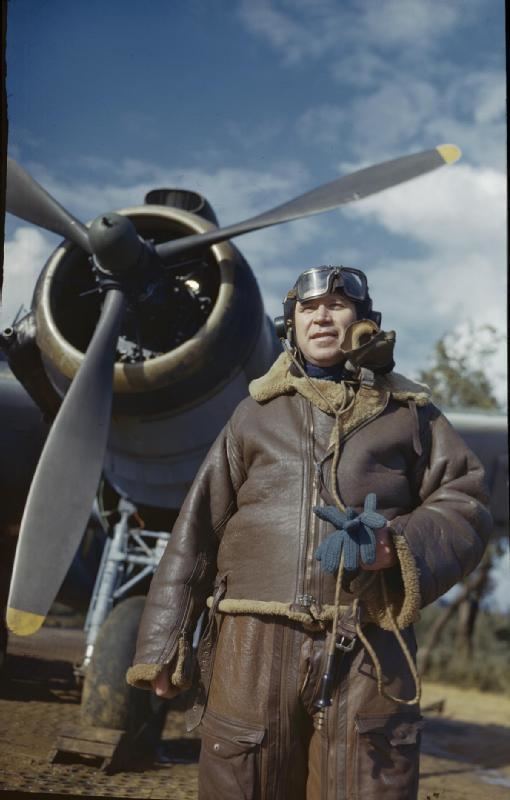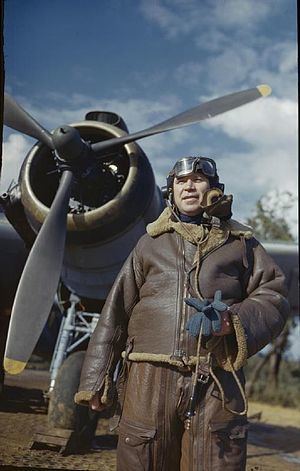Allegiance United Kingdom Died July 14, 1981 Years of service 1915–1953 | Rank Air Chief Marshal Movies Malta Story Name Hugh Lloyd | |
 | ||
Commands held No. 9 SquadronRAF MarhamMaltaNorthwest African Coastal Air ForceMediterranean Allied Coastal Air ForceTiger ForceFar East Air ForceBomber Command Battles/wars World War IWorld War II Similar People Keith Park, Andrew Cunningham - 1st Visco, Albert Kesselring, William Dobbie, Martin Harlinghausen | ||
Battles and wars World War I, World War II | ||
Air Chief Marshal Sir Hugh Pughe Lloyd (12 December 1894 – 14 July 1981) was a senior Royal Air Force commander.
Contents

RAF career
Lloyd joined the Royal Engineers as a sapper in 1915 during World War I: he was wounded in action three times before enlisting as a cadet in the Royal Flying Corps in 1917 and joining No 52 Squadron, flying the RE.8 on army co-operation missions. After the war, he remained with the RFC (which became the Royal Air Force in 1918) on a permanent commission.
In January 1939 he became Officer Commanding No. 9 Squadron, equipped with Wellingtons. Later in 1939, with World War II under way, he was promoted to Group Captain and given command of RAF Marham. His stay at RAF Marham was brief and in November 1939 he was appointed to the staff of No. 3 Group and, in May 1940, he became Senior Air Staff Officer at No. 2 Group.
On 1 June 1941, he was appointed Air Officer Commanding in Malta, with the difficult task of protecting the island from German and Italian air attacks as well as attacking Axis shipping delivering supplies to Rommel's Afrika Korps in North Africa. However, his lack of knowledge of fighter tactics and the dominance of the Messerschmitt Bf 109F against the outdated Hawker Hurricane, prolonged the Siege of Malta. When Generalfeldmarschall Albert Kesselring was appointed to lead the Axis air-offensive from December 1940, RAF Command at last reacted. After installing a fighter control room similar to those in the UK, from April 1942 they assigned the island two squadrons of Supermarine Spitfires totaling 47 aircraft, which led later that year to the Allies moving to an offensive campaign.
He was assigned to RAF headquarters in the Middle East as Senior Air Staff Officer in 1942 and commanded the Northwest African Coastal Air Force and then the Mediterranean Allied Coastal Air Force in 1943. His role there was to carry out harrying of enemy transport by land and sea. In February 1945 he began planning and eventually took command of Tiger Force, a Commonwealth heavy bomber force which was intended to join the air offensive against Japan but was disbanded shortly after the nuclear bombings of Hiroshima and Nagasaki effectively ended the war.
Postwar years
After two years as senior instructor at the Imperial Defence College, he was made Air Officer Commanding Air Command Far East, later retitled Far East Air Force. He was made Air Officer Commanding-in-Chief Bomber Command in February 1950 before he retired in June 1953.
Lloyd was President of the London Welsh Trust, which runs the London Welsh Centre, from 1962 until 1964.
